This is Part Two of a three part series about our trip to France. For Part One - Chamonix, please click here. For Part Three - Paris, please click here.
The Loire River Valley was the home of kings,
queens, princes, princesses, regents, consorts, lovers, mistresses, confidants,
astrologers, and murderers. All these and more reigned over the development and
on-going habitation of the valley’s chateaus over the past 600 years.
We based ourselves out of the city of Blois, about an hour and a half by train southwest of Paris - dead center to this chateau region of France – from which we planned on several days’ worth of exploration. This historic village was founded in medieval times and over the centuries developed with wonderful renaissance period architecture, narrow lanes, quaint markets, and numerous street-side cafes.
We rented a spacious and comfortable apartment, perfect for our five-night stay, but quickly learned of the non-existent internet. The owners at first tried to fix it, but had no luck on getting it corrected for several days. We had to rely on the temporary free WiFi that the tourism center offered.
Now, we are not the type to watch cat videos, keep up with the latest Tik Tok challenge, or follow every movement of every person on the various social media sites. But we have become very reliant on staying on top of the latest news, weather updates, train schedule notices, and other info that keeps us current on potential changes to our travel schedules and destinations.
The plus side to this lack of internet was our need to revert back to the “olden days” (i.e., twenty years ago, before the internet’s prominence) which allowed us to rediscover “life” once again. We read books and newspapers, had actual and deep conversations with each other, slowed down and people watched while having a cup of coffee or a tall glass of beer at one of several street-side cafes, and otherwise simply stared off into the distance while contemplating life and our good fortune at being able to travel once again.
Chateau du Blois
The stark differences in this chateau’s architectural styles are owing to the fact it was constructed over a period of 400 years from the 1300s through the 1700s. The inconsistency in styles is what makes this chateau most interesting.
Various notable historical events occurred within its walls. In 1429, Joan of Arc was blessed here by the archbishop at the start of her quest to drive the English out of the region. In 1588, King Henry III, feeling his crown and reign was threatened by lifelong adversary, the Duke of Guise, had him assassinated in a surprise attack at an otherwise normal gathering of notables at the time.
On a rainy evening, we attended a light and sound show cast upon the chateau’s interior courtyard walls. There were only a few of us in attendance owing to the weather, which made the event even more interesting and ethereal.
OK, more on the internet problems and some life lessons
The “old” way of living without internet was starting to have its limits. After several days, and no communication as to the status of repairs, we were getting angry with the owners and frustrated at the “inconvenience” of having to walk (God forbid!) the five minutes to the tourism center and use their free WiFi (where we were becoming a fixture and were starting to get looks and nudges from the staff that said “Ugh, these people! Here they are, again!”).
So, I began to draft an email to the owners that none too kindly asked for an update and a demand that repairs be done no later than that evening. Just as I was about to press “send” an email from the owner popped up saying he’d be by in the evening to perform a fix.
We really felt like shmucks when he showed up on schedule toting a big bag full of croissants, pains au chocolates, and other pastry goodies and began to profusely apologize for everything we were going through and our less than perfect stay in his apartment. Apparently, it took the internet service provider several days to respond to the him with new equipment and instructions on what needed to be done to fix the problem.
By now you, dear reader, must be saying, “Come on Mark, you went all the way to France and you’re going to devote even more space on your blog about what a bitch it was not to have WiFi?” Well, bear with me just a bit longer. The payoff is to now share with you the life lessons learned as a result.
The first, as was said earlier, is don’t get too beholden to the lure of the internet and the use of tiny little screens as an electronic window to the world. Open up the blinds and look out through real world windows with real conversations and experiences.
Second, if angry with someone, go ahead, if it will make you feel better, and draft your response. But wait awhile before you send it along. I can’t imagine how things would have gone if I in fact pressed the “send” button when I intended to.
And third, don’t pre-judge people. The owner couldn’t have nicer and more apologetic. He did everything he could to fix the problem and then, when within his powers to do so, promptly came by and made sure we were happy and taken care of. Sure, communication could have been better, but that was likely owing to the language barrier we had between us.
A Walk Around Blois
“My English is not so good,” an elderly lady told us as we walked into her gift store. “It’s very good!” we responded. “It is way better than our French!” After her noble attempt at the English language, I felt obligated to try out some of my limited French. After a few phrases, she said my French was ”Perfect!”
At Rue Denis Papin, the outdoor stairway that leads to the village’s heights is, from time to time, turned into a piece of art. Presently, it looks like a bookcase which, the artist says, includes the titles of some of his favorite books.
We continued on, being amazed at how one section of town differed from another. From one street and on to the next, each continued to display interesting sights and experiences.
At the St. Louis Cathedral, the church organist was practicing his tunes on what must have been the largest and most ornate pipe organ we had ever seen. It was simply spiritually inspiring to sit within this ornate and grand church while listening to his music that filled the nave with its high vaulted ceilings, surrounded by the numerous stained-glass windows, now fully illuminated by the late afternoon sun.
Given the later hour we were looking for a quiet spot for a rest break. We came across a hidden passageway that led to a very well-maintained garden with bubbling fountains and meticulously manicured hedgerows. It was not shown on any of the maps we had with us so it must have been a well-kept secret. Well, maybe not so secret. As we turned a corner of one of the grass ways withing the hedgerows, a young couple quickly got up off of the grass while buckling pants and buttoning shirts. Either they were about to, or had just finished, doing something very naughty.
Chambord Chateau and a Country Walk
We boarded an early morning bus destined for the Chambord Chateau. The castle’s construction, with an architectural style influenced by Leonardo de Vinci, was initiated by Francoise I in the early 1500s and eventually finished by Louis XIV in the 17th century. Both were avid hunters and set aside vast tracts surrounding the chateau as preserves in which to occasionally enjoy their sport.
But, they only lived there for a few weeks during the year. The main purpose of its construction was to serve as a symbol of power and aesthetic achievement.
Since it was such a pleasant first full day of fall, I decided that I would walk the 12 miles back to Blois. MK said, “Good luck with that. I’m taking the bus back!”
After a smooch or two, we parted ways, her ascending the steps onto the bus, me starting my steps on the long walk back to town.
I anticipated I might in fact take this walk as part of my pre-trip planning. So, I was prepared with the maps necessary to navigate my way across this portion of the French countryside.
The French make it somewhat easy to walk in their country. Simply keep tabs of where you are on the map and follow the red and white symbols found on utility poles, fence posts, or on the sides of buildings.
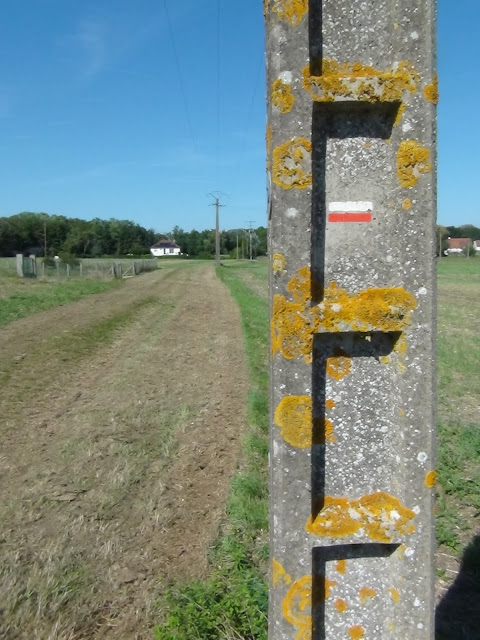 |
| The red and white symbols lead one the right way. |
 |
| Wait, the path is supposed to go through there? |
Much of the route was across vast fields of grape vines. The harvest must have been nearing completion for there were few, if any, plants that still had grapes on them. I did pause to watch a couple of farmers bring in their harvest with their specialized equipment.
I eventually reached the settlement of St. Claude de Ditray hoping to find a cafe or two for a refreshment break. I had no luck though. All of this town’s commerce had moved to its outskirts where the new, modern highway is located.
An historic marker indicated that those parts of the town I did walk through at one time were bustling with butchers, bakers, restaurants, and guest houses but all of them have since closed down for good or have moved to the edges of town. An interesting note was that back in the 1700s, these former businesses were fronts for the resistance movement back in the days of the French Revolution.
As I neared the Viaduc des Noels, I noticed remnants of stone buildings off in the fields to my right. Another nearby historic marker indicated this was the site where, in July, 1944, the British Royal Air Force used parachutes to drop weapons and ammunition for use by resistance fighters living and operating out of the nearby villages.
 |
| Supplies for the resistance during WWII were dropped by parachute near here. |
Just as I gathered my belongings to be on my way, three young guys in a sporty type of car pulled up next to me and, from what I could gather (not knowing the French language well enough), asked me for directions. Imagine that! Me, giving directions in the rural French countryside. It was all I could do to stay on track myself before I could offer help to someone else on which way to go. Frustrated, they soon sped away when it became apparent that I hadn’t a clue as to how to respond to their line of questioning.
My route eventually led me to the banks of the Loire River. The way was much easier now: just follow the river and head toward the Blois skyline now seen in the hazy distance.
Without much further to go, I stopped at a riverside park to, what else, enjoy a cold tall glass of beer. While enjoying my beverage, a father and daughter walked past, he with a watchful eye as she made her way on very tall stilts.
The gravel lot they walked across was being used by people playing various games. An older couple, after I asked to take their picture, invited me to join them in their game of boule, or pétanque, the French version of lawn bowling.
It was a most enjoyable way to conclude a wonderful day filled with culture and history in this corner of the French countryside.
Chenonceau Chateau
The River Cher, a tributary of the Loire, was used as a focal point with the Chenonceau Chateau, constructed in the early 1500s, designed to reach across from both of its banks.
 |
| The interior of the gallery hall that spans the river. |
King Henry II allowed his mistress, Diane de Poitier, to essentially run the place and, in fact, promised to gift it to her. The King’s wife, Catherine de Medici was none too happy about the ongoing arrangement. When ol’ Hank eventually died, Catherine wasted no time in giving Diane the boot, but had to grant her ownership of another nearby chateau to buy her off from any on-going or future claims to the estate.
 |
| King Henry II. |
 |
| Wife, Catherine. |
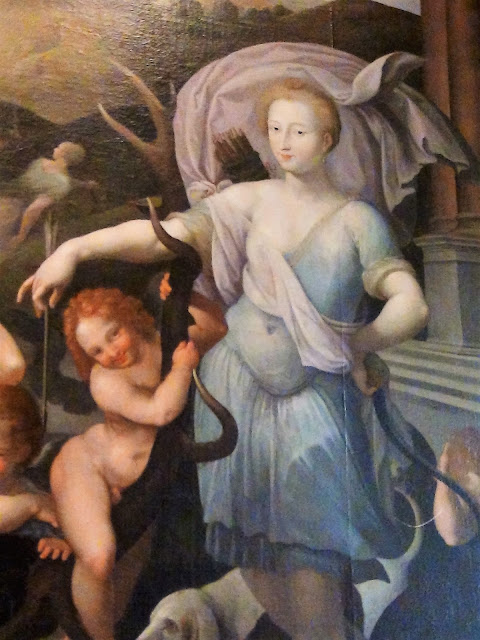 |
| The Mistress, Diane. |
The Meiner family eventually came into ownership of the chateau around the turn of the 20th century. Volunteering to the call to service, they opened up the chateau and allowed its use as a hospital in WWI, treating over 2,200 wounded soldiers.
Twenty-five years later, during WWII, the river was considered the line of demarcation separating the Nazi controlled north from the relatively safe half of the country to the south. The Meiner family were heroes once again. They secretly allowed the use of the gallery, which spanned the river, as a covert escape route by villagers and Jews while the German soldiers patrolled the waters down below.
By far, the Chenonceau Chateau was our favorite of the several chateaus we visited while touring France’s magical Loire Valley. It was a fitting way to end our week in this wonderful region of France.
If interested in some of our other trip reports from around the world, please go to my home page by clicking here.



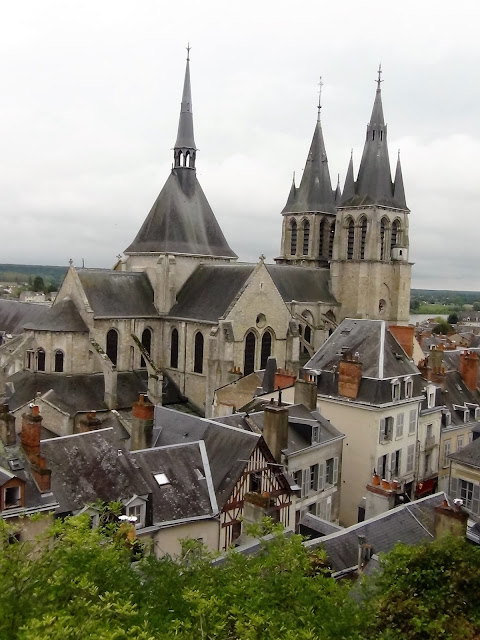




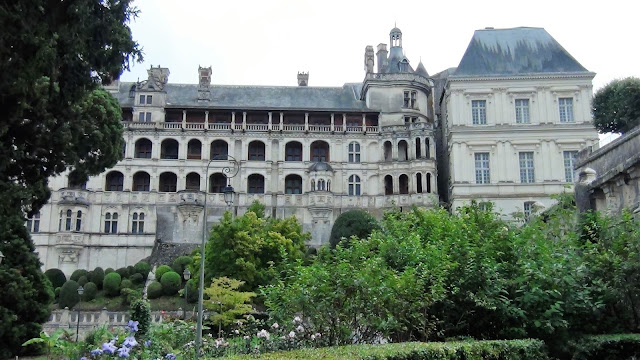


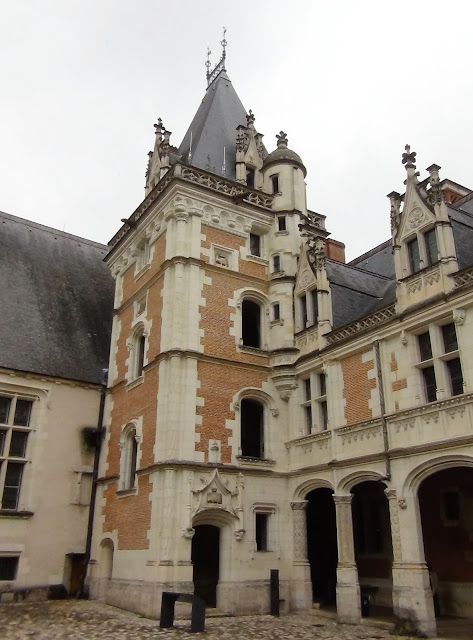


















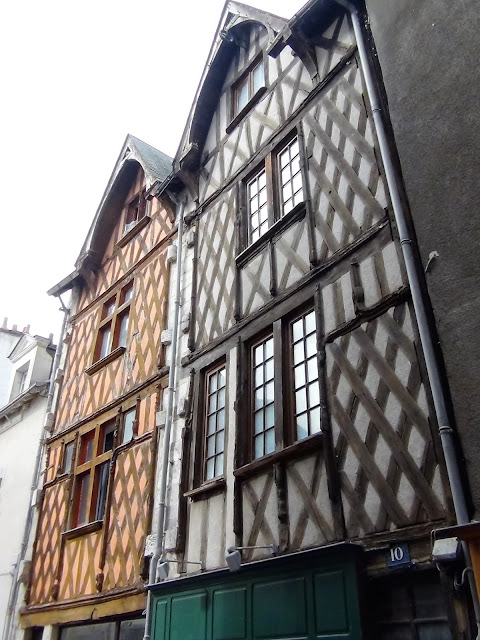


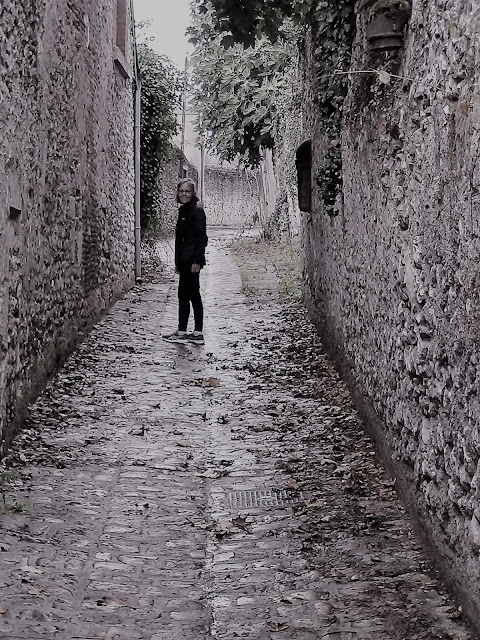













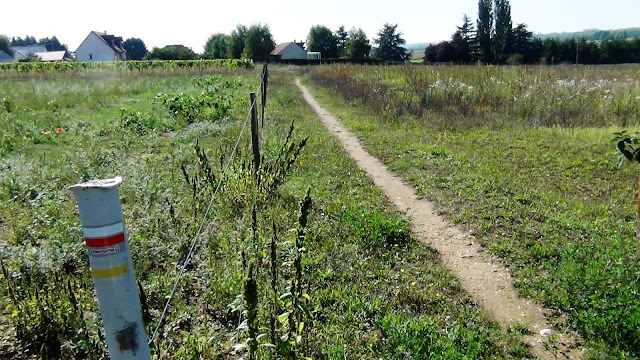










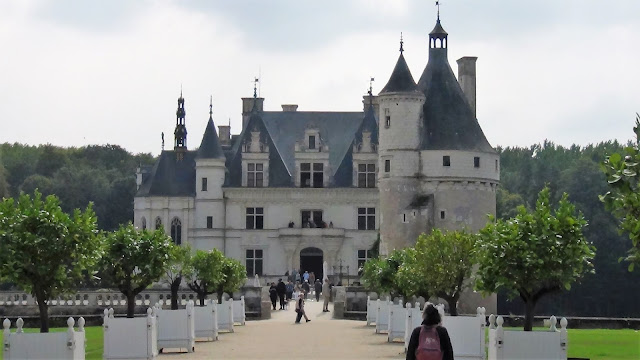



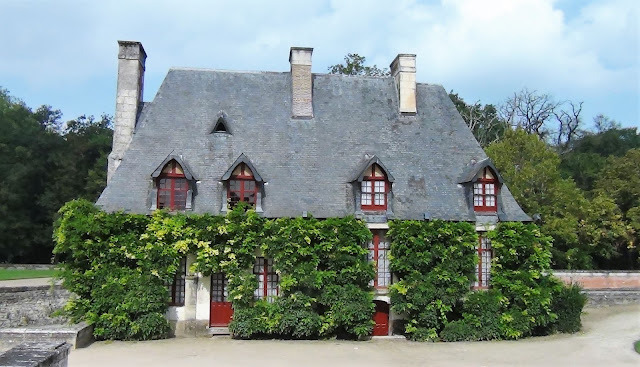





Another awesome tale of your journeys! If I can't go myself, I'm glad I get to tag along through your writing and pictures.
ReplyDelete